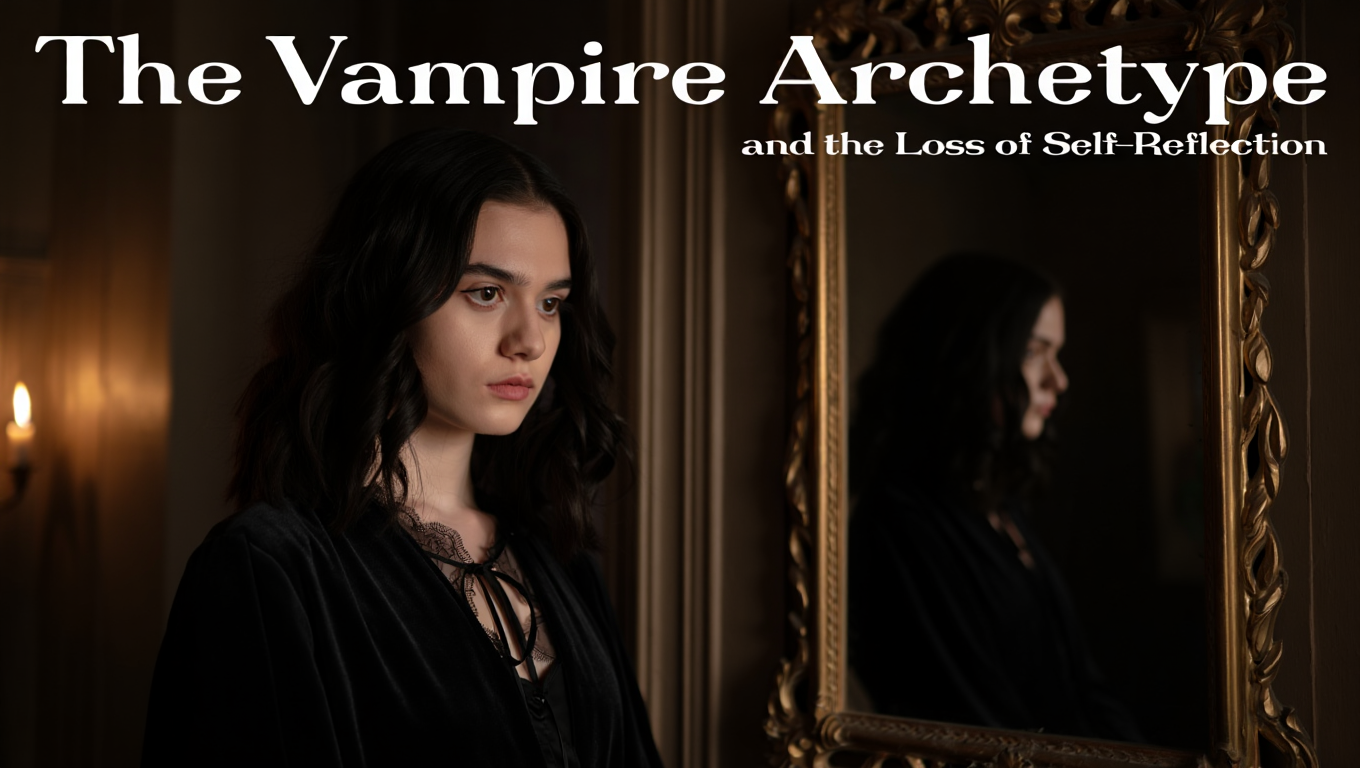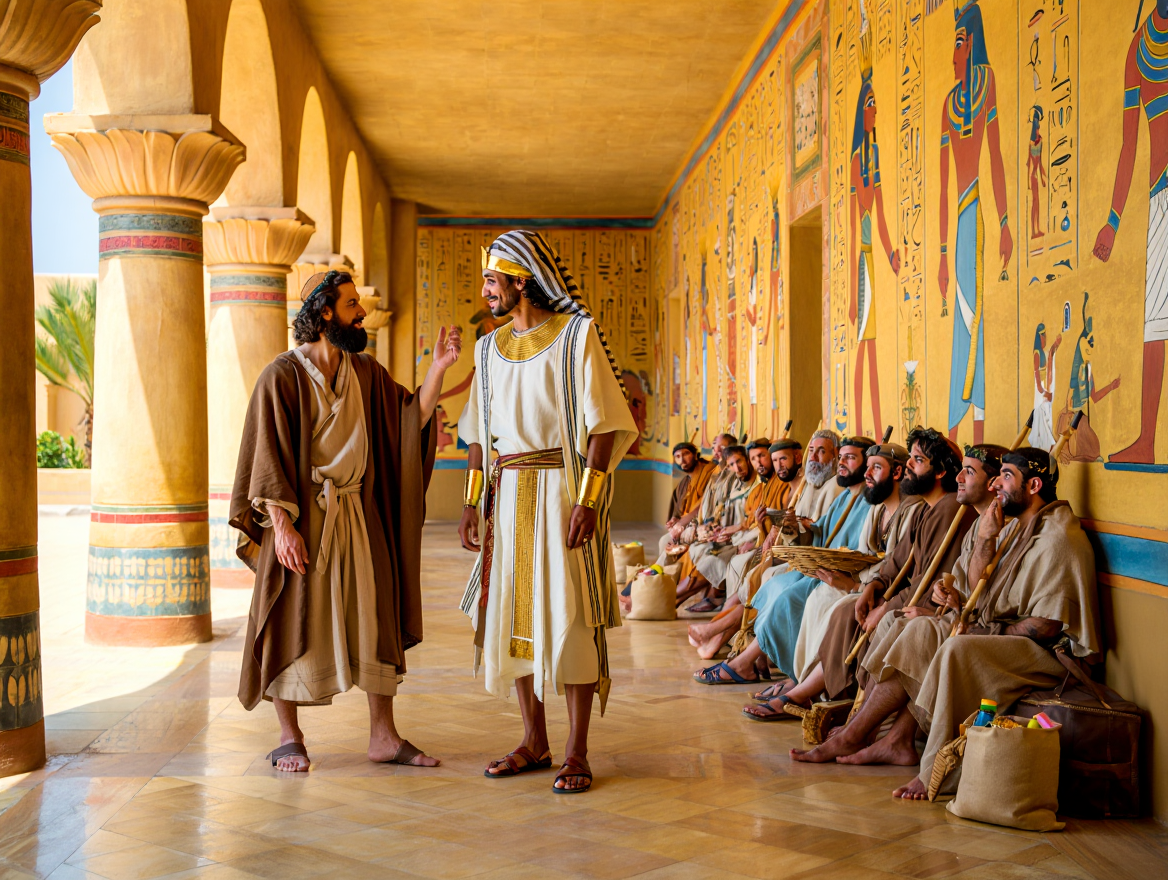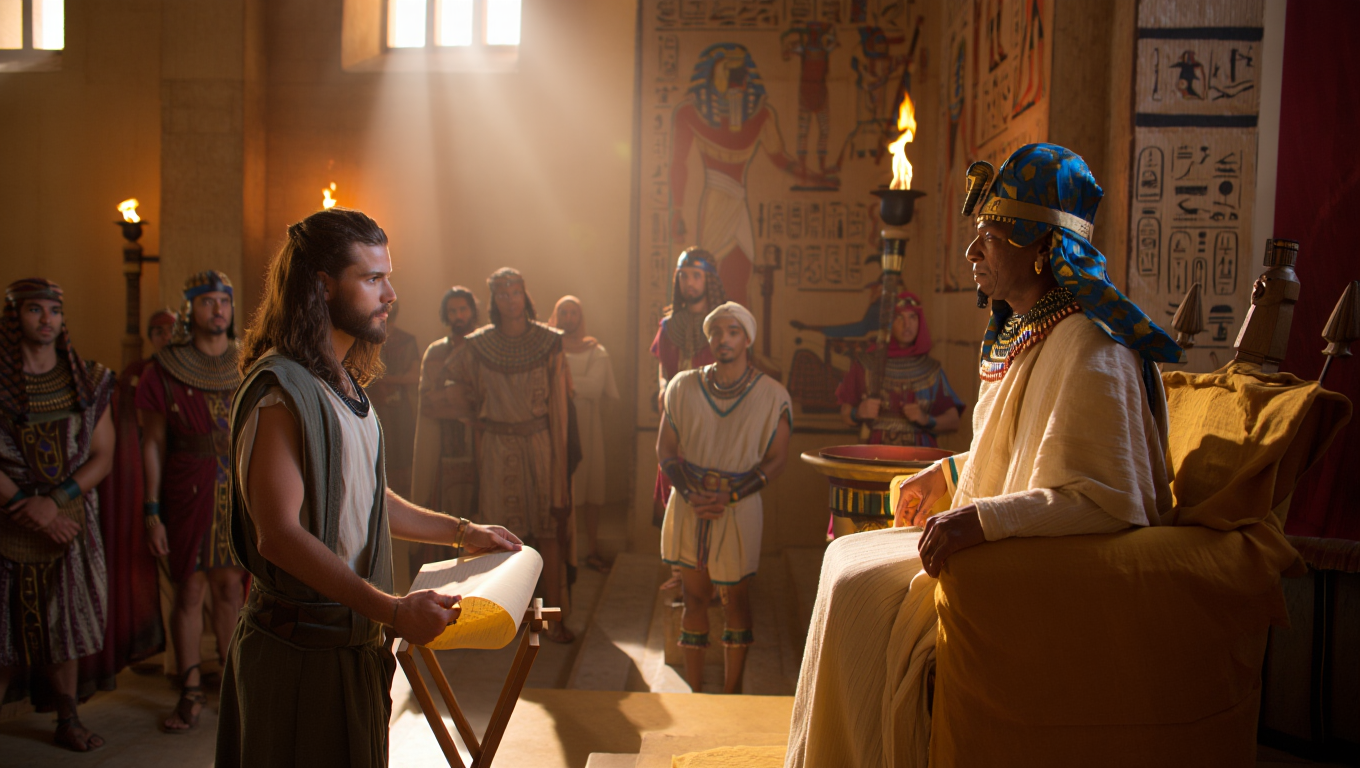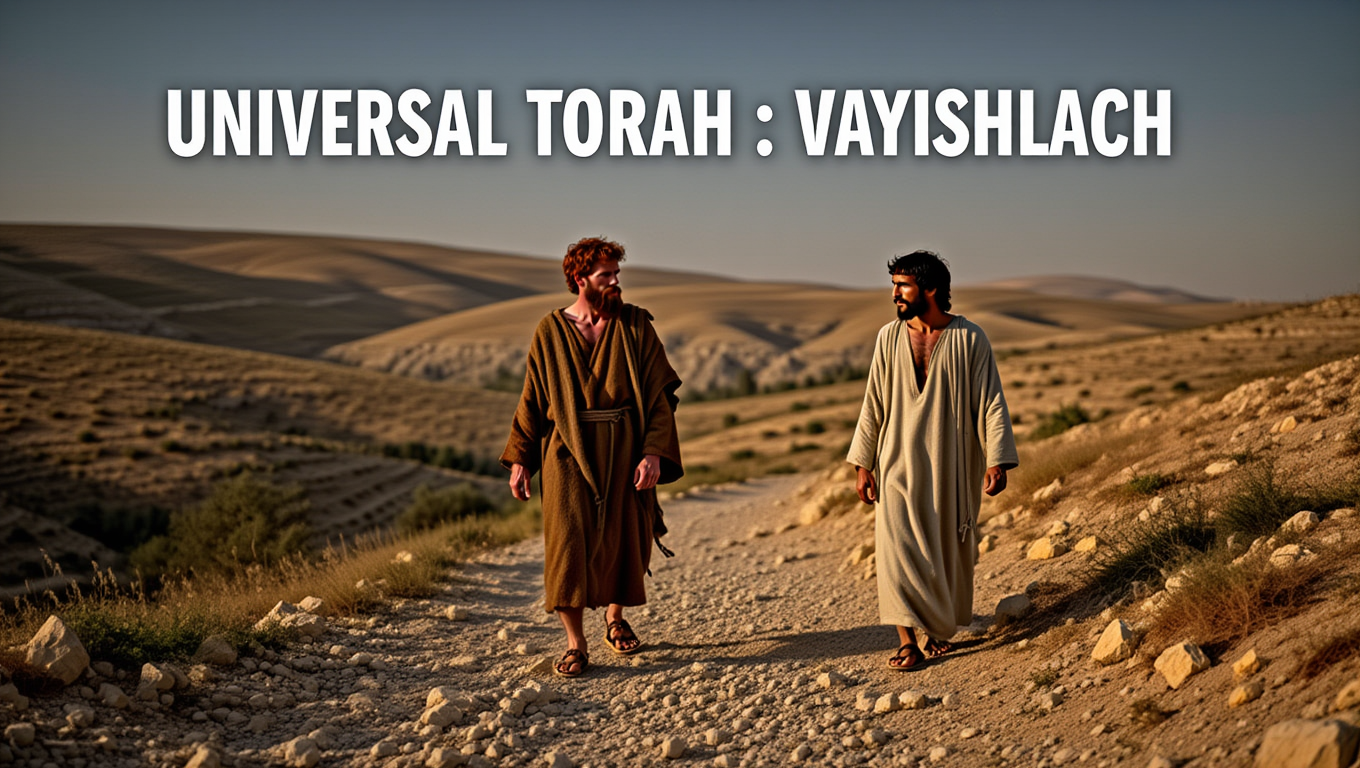The Vampire Archetype and the Loss of Self-Reflection
By Rod Reuven Bryant
While scrolling through social media, one can’t help but notice how often people fail to “see” what is happening around them. The patterns are obvious, yet many remain blind. This blindness isn’t new; mythology and religion have been warning us about it for centuries. Myth, after all, emerges from the unconscious—stories that God Himself embedded in the human psyche as lessons about truth and deception.
Take the enduring fascination with the vampire. The vampire has always been more than a gothic character—it is an archetype of soullessness. Over time, our culture has increasingly glamorized figures like vampires, psychopaths, and sociopaths. They are often portrayed as attractive, powerful, or even enviable. But beneath the allure lies emptiness. The vampire’s inability to see its own reflection is symbolic: these archetypes have no capacity for self-reflection, no soul to confront.
This metaphor extends to modern life. Many people live in a state of narcissism, imagining themselves as icons or heroes while lacking the humility to truly examine their own flaws. They project false images of themselves, much like seeing a glamorous celebrity in the mirror instead of their true selves. And with that distorted self-image comes predatory behavior. Instead of building community, they view others as prey—objects to manipulate, control, or destroy for personal satisfaction.
The media reinforces this distortion. Commentators express selective outrage, sympathizing with perpetrators of violence while demonizing those who challenge cultural narratives. Such messaging not only skews moral clarity but also keeps audiences under a kind of trance—paralyzed in the face of evil, unwilling to act or even speak against it.
The lesson from mythology and faith is clear: when individuals or societies lose the ability to reflect on themselves honestly, they become vulnerable to destructive forces. Vampiric figures thrive not just in fiction but in real life, feeding on confusion, division, and the absence of self-awareness.
The Torah offers a timeless framework for breaking free from illusions and regaining the ability to see ourselves clearly. Where mythology can sometimes seduce us into glamorizing darkness, Torah points toward light, responsibility, and wholeness.
1. The Image of God (Tzelem Elokim).
At the heart of Torah thought is the teaching that every human being is created in the image of God:
“And God created man in His image, in the image of God He created him” (Genesis 1:27).
This means every person has intrinsic worth, a divine spark, and the capacity for moral responsibility. A society that forgets this truth begins to see others as objects or prey. Reawakening to the reality of tzelem Elokim restores dignity to relationships and curbs the predatory impulse.
2. The Call to Self-Reflection (Teshuvah).
Judaism teaches that repentance (teshuvah) is not only about correcting wrongs but about returning to our authentic selves.
“Let us search and examine our ways, and return to the Lord” (Lamentations 3:40).
The Rambam (Maimonides) explains that true repentance requires hakarat hacheit—recognition of sin. This is the very opposite of the vampire image: the Torah insists that we must see ourselves honestly, even when it is uncomfortable.
3. Justice and Kindness (Tzedek and Chesed).
The prophet Micah summarized God’s will in one sweeping line:
“What does the Lord require of you? Only to do justice, to love kindness, and to walk humbly with your God”(Micah 6:8).
Justice prevents the strong from preying on the weak, while kindness ensures that justice does not become cold and mechanical. A society grounded in these twin pillars resists the glorification of power without conscience.
4. Choosing Life (Becharta BaChayim).
Deuteronomy declares:
“I have set before you life and death, blessing and curse; therefore, choose life” (Deut. 30:19).
When cultures become obsessed with images of death, destruction, or nihilism, Torah redirects us to life—family, community, creativity, and faith. Choosing life is the ultimate rejection of the vampiric impulse.
5. Building Sacred Community (Kehillah Kedoshah).
The sages taught:
“Do not separate yourself from the community” (Pirkei Avot 2:4).
Holiness is not achieved in isolation but in community. A sacred society supports self-reflection, elevates its members, and resists the dehumanizing forces of narcissism and predation.
While myths like the vampire can warn us about the dangers of soullessness and self-delusion, Torah provides the antidote. By embracing the divine image within ourselves, practicing self-reflection, pursuing justice and kindness, choosing life, and building sacred communities, societies can break free from destructive illusions.
The mirror of Torah is the truest mirror. Unlike the vampire who sees nothing, a person who looks into this mirror sees both their flaws and their potential—an honest reflection that leads not to despair but to transformation.







